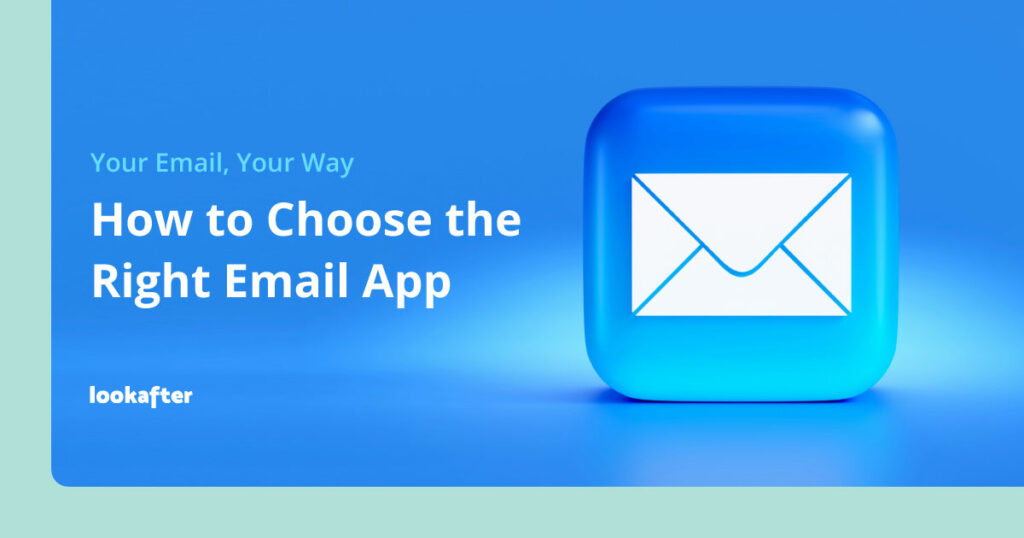Home > Empowering Tips > A Simple Guide to Choosing the Right Email App

Choosing the right email app is crucial for ensuring a seamless and efficient experience tailored to your preferences and needs. This guide will walk you through the key considerations to help you find an email app that suits you best.
1. Platform Compatibility
Ensure that the email app is compatible with the devices and operating systems you use. Check whether it supports iOS, Android, Windows, macOS, or any other platform you rely on. Compatibility ensures a seamless user experience across your devices.
2. Ease of Use
A user-friendly interface is crucial for efficient email management. Look for an app with an intuitive design and straightforward navigation. Essential features should be easily accessible, and the overall layout should contribute to a smooth user experience.
3. Feature Checklist
Identify the features that are most important to your workflow. Consider factors such as:
- Search Functionality: The ability to quickly find specific emails.
- Filtering and Sorting Options: Tools for organizing and prioritizing your inbox.
- Customization: Personalization options for the app’s appearance and behaviour.
- Offline Access: The capability to access your emails without an internet connection.
- Integration: Support for connecting with other apps and services you use.
4. Security Protocols
Prioritize the security of your email communications. Choose an app that employs robust security protocols, such as SSL/TLS encryption, to protect your data during transmission. Also, be cautious about email apps that ask for your email account password directly (Here’s why).
5. User Permissions
Check the app’s permissions and only grant access to the necessary features. Be wary of apps that request excessive permissions unrelated to their core functionality. Carefully manage the app’s access to ensure the security of your personal information.
6. Cost
Evaluate the cost structure of the email app. Some apps are free, while others may offer premium features through one-time purchases or subscription models. Consider your budget and whether the app’s features justify the cost. Look for transparent pricing without hidden fees.
7. Reviews and Ratings
Read user reviews and app ratings to gain insights into the experiences of other users. Consider both positive and negative feedback to understand the app’s strengths and potential drawbacks. Real-world experiences can provide valuable information about performance, reliability, and user satisfaction.
8. Privacy and Security
Examine the app’s privacy policy to understand how it handles your data. Look for apps that are transparent about their data practices and prioritize user privacy. Consider whether the app offers end-to-end encryption if privacy is a top concern for you.
9. Future Updates
Choose an email app that receives regular updates. Updates often include security patches, bug fixes, and improvements, ensuring that the app remains secure and up-to-date with the latest features. Regular updates also indicate ongoing support from the developer.
By carefully considering these points, you can find an email app that aligns with your preferences, enhances your productivity, and provides a secure and enjoyable email experience.